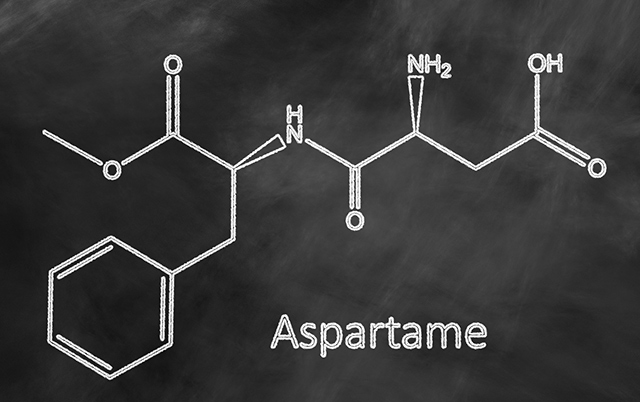In an era where societal divisions and disparities often dominate headlines and conversations, there exists a truly remarkable facet of human nature—one that possesses the extraordinary power to traverse those seemingly insurmountable chasms and nurture bonds of genuine connection: empathy.
Far from being a mere fleeting moment of compassion, empathy emerges as a deeply ingrained element of our being, a force that not only tugs at our heartstrings but orchestrates an intricate symphony within the recesses of our minds.
It is within the realm of this cerebral landscape that we uncover the awe-inspiring interplay between empathy and neuroscience—an exploration that beckons us to understand how this inherent ability to perceive and commune with the emotions of others can orchestrate an awe-inspiring metamorphosis of our very neural architecture.
The Science Behind Empathy
Empathy, often described as the ability to “walk in someone else’s shoes,” is not solely an emotional response; it’s deeply rooted in the biology of our brains. Researchers have discovered that when we empathize with someone, certain areas of our brain become activated. Mirror neurons, for instance, play a crucial role in this process by firing in response to both our own actions and the observed actions of others. This neural mirroring forms the basis of understanding and connecting with others on an emotional level.
The Brain Rewiring Effect
Recent studies have shed light on a fascinating phenomenon: the brain’s plasticity allows it to rewire itself based on experiences, and empathy is no exception. When we actively engage in empathetic responses, our brain’s neural connections become stronger and more efficient. This rewiring enhances our capacity to recognize and interpret emotions in others, promoting a heightened sense of emotional intelligence.
Furthermore, empathetic experiences trigger the release of oxytocin, often referred to as the “love hormone.” Oxytocin not only promotes bonding and trust but also aids in the formation of new neural pathways. As a result, consistent acts of empathy can gradually reshape the brain’s architecture, fostering a more compassionate and interconnected mindset.
Cultivating Empathy for Personal Growth
Cultivating empathy goes beyond its positive impact on interpersonal relationships; it also contributes to our individual growth and well-being. By actively practicing empathy, we can break down barriers of prejudice and bias, leading to a broader and more inclusive worldview. This shift in perspective not only benefits our mental health but also allows us to contribute positively to our communities and society as a whole.
Empathy in the Digital Age
In today’s technologically driven world, empathy faces new challenges and opportunities. Social media and online interactions have transformed the way we connect with others, often blurring the lines between genuine empathy and performative sympathy. While digital platforms provide avenues for spreading awareness and support, it’s essential to ensure that these interactions are grounded in true understanding and compassion, rather than superficial gestures.
Nurturing Empathy in Children
 Cultivating empathy should begin early in life, as childhood experiences play a pivotal role in shaping neural pathways. Parents, caregivers, and educators can foster empathy in children through storytelling, role-playing, and encouraging open discussions about emotions. These practices not only contribute to the child’s emotional development but also lay the foundation for a more empathetic society.
Cultivating empathy should begin early in life, as childhood experiences play a pivotal role in shaping neural pathways. Parents, caregivers, and educators can foster empathy in children through storytelling, role-playing, and encouraging open discussions about emotions. These practices not only contribute to the child’s emotional development but also lay the foundation for a more empathetic society.
Conclusion
In a world that can sometimes feel fragmented, the neuroscience of empathy offers a glimmer of hope. By understanding the profound impact of empathy on our brains, we can actively nurture this essential trait within ourselves and in future generations. As we engage in empathetic acts, we not only connect with others on a deeper level but also contribute to a rewiring of our collective consciousness—one that values compassion, understanding, and unity.
References:
- Decety, J., & Jackson, P. L. (2004). The functional architecture of human empathy. Behavioral and cognitive neuroscience reviews, 3(2), 71-100. – https://pubmed.ncbi.nlm.nih.gov/15537986/
- Singer, T., & Lamm, C. (2009). The social neuroscience of empathy. Annals of the New York Academy of Sciences, 1156(1), 81-96. https://nyaspubs.onlinelibrary.wiley.com/doi/10.1111/j.1749-6632.2009.04418.x
- Hein, G., & Singer, T. (2008). I feel how you feel but not always: The empathic brain and its modulation. Current Opinion in Neurobiology, 18(2), 153-158. https://www.sciencedirect.com/science/article/abs/pii/S0959438808000706?via%3Dihub
- Zaki, J. (2014). Empathy: A motivated account. Psychological bulletin, 140(6), 1608-1647. https://www.researchgate.net/publication/267732334_Empathy_A_motivated_accou
About the author:
Lily Anderson is a passionate wordsmith and dedicated explorer of cutting-edge scientific inquiries. Fuelled by a thirst for knowledge, she skilfully transforms intricate ideas into relatable tales, inviting readers to embark on a captivating expedition of revelation. Lily’s efforts play a crucial role in bridging the gap between experts and the wider public, evoking a sense of awe and encouraging insightful discussions about groundbreaking scientific advancements.


